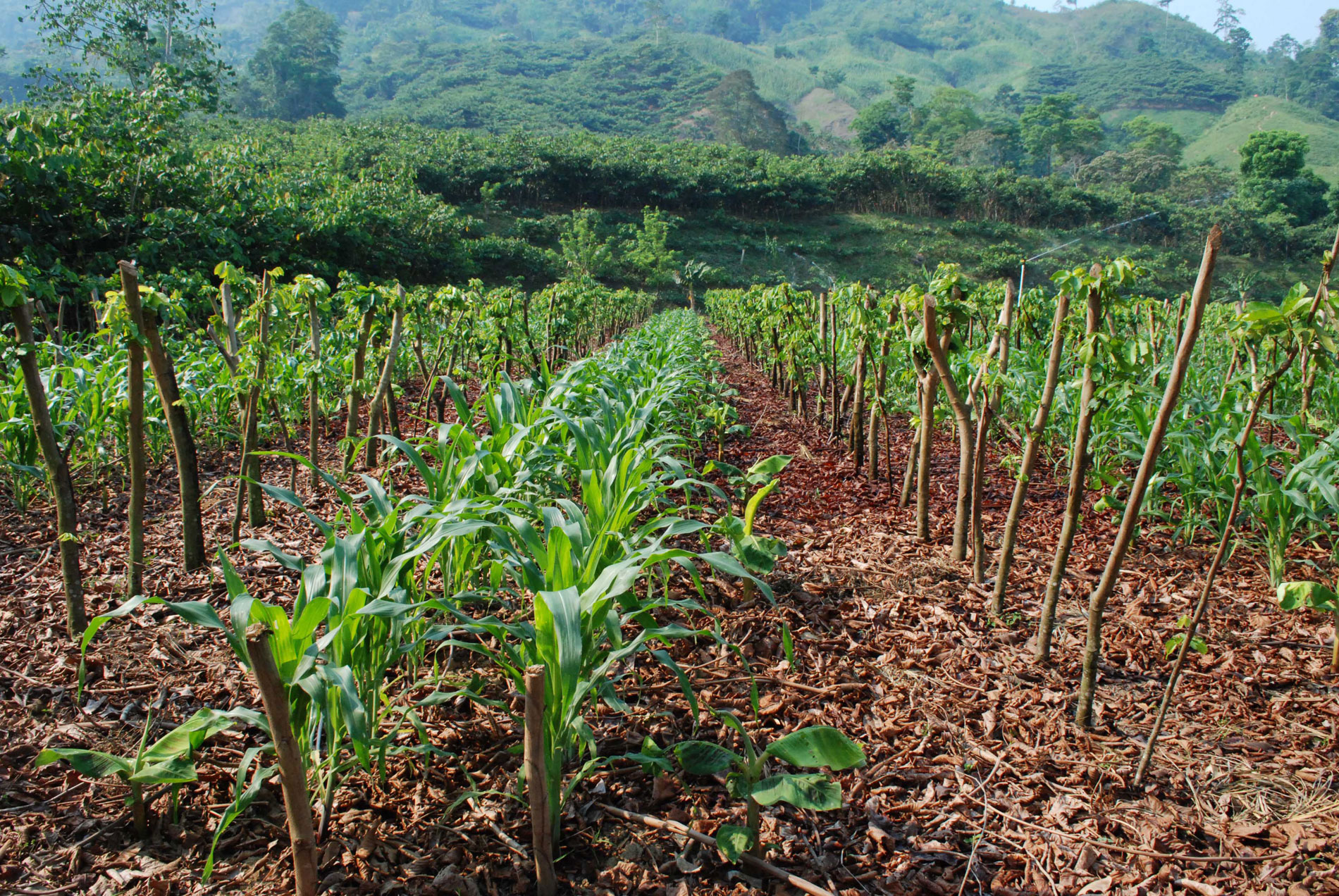
Five years ago, farmer Damas Nunez had reached a point of economic desperation. He had decided his best option to feed his family was to flee north to the United States from Honduras, despite the risks involved.
He made a farewell visit to a friend with a farm in the upper Cangrejal Valley and was astounded to see a beautiful crop of corn and a large stack of firewood, plentiful enough to last a year.
His friend Eli Cruz had implemented a new agroforestry system known as alley cropping introduced to Honduras by the Inga Foundation. The method had transformed his fields.
Damas visited the nearby Inga Foundation demonstration farm. He got his own seeds to plant, and the team showed him how to revitalize his degraded plot of land by planting hedgerows of Inga edulis. Damas now has food security and cash crops to sell.
Since 2012, the Inga Foundation’s revolutionary agroforestry system of Inga alley cropping in Honduras has dramatically transformed the lives of 300 subsistence farming families, planted over 3 million trees, and become a model for true environmental sustainability and ecological resilience.
Damas and his family were following in the footsteps of 40 families that in 2012 planted half their land – less than a hectare in size – in Inga alleys and half using traditional cultivation methods. Severe drought followed by torrential rains affected Central America that year, and the families feared their crops would die.